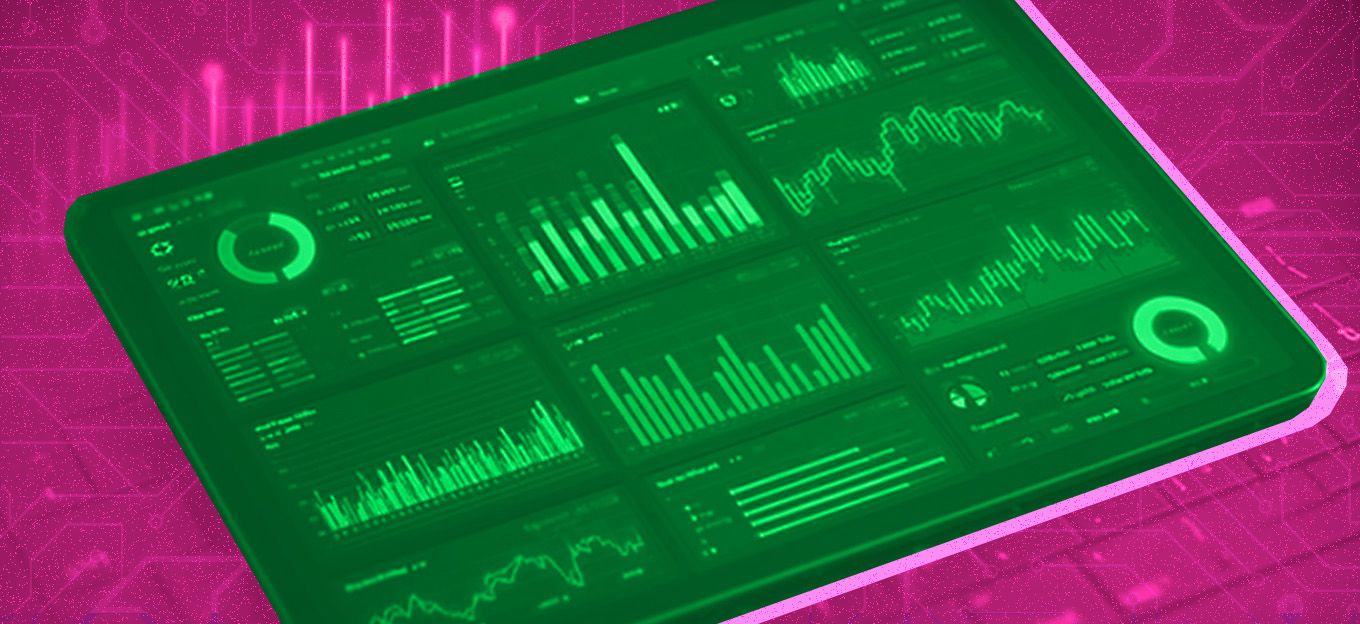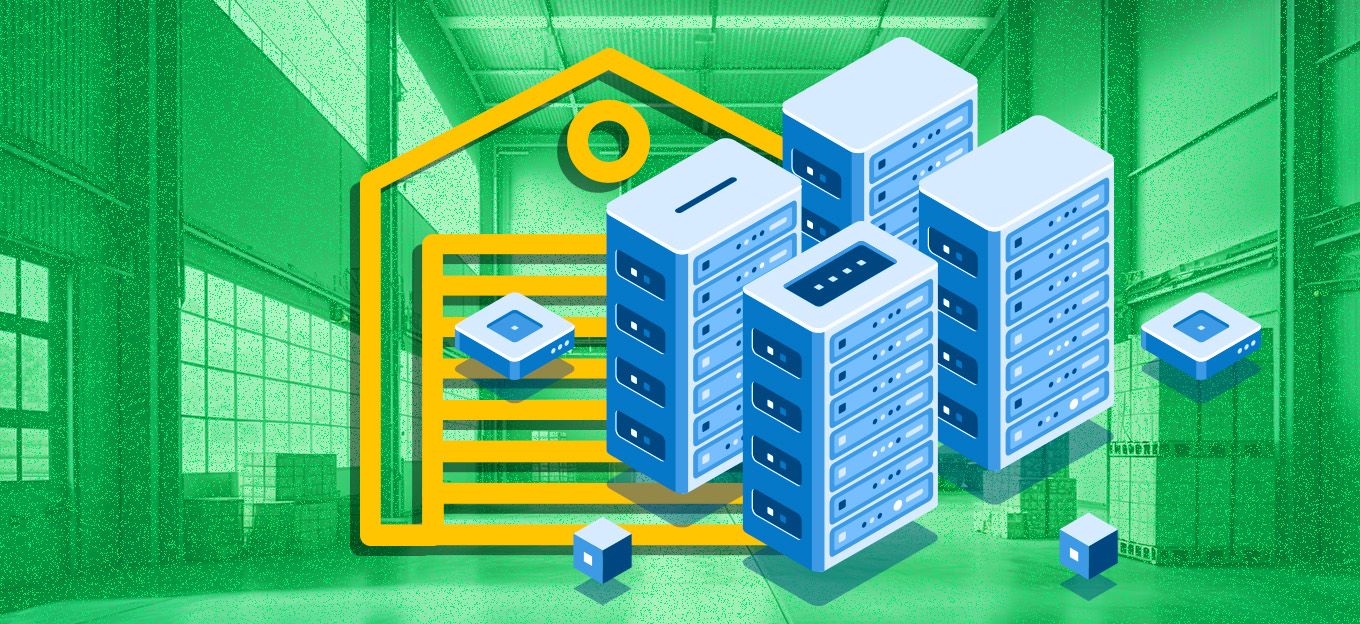Computer Vision Is Transforming the Manufacturing Industry with Real-Time Data
Computer Vision Is Transforming the Manufacturing Industry with Real-Time Data
- Last Updated: December 2, 2024
alwaysAI
- Last Updated: December 2, 2024



Recent headlines about an entire section of an airplane breaking off in flight were alarming and almost unbelievable. Taken with other manufacturing headlines like, “FDA finds new manufacturing lapses at Eli Lilly plant,” “Factory never tested applesauce packets that were recalled due to lead poisonings, FDA finds,” and “Luxury cars recalled over deadly risk concerns,” it feels less shocking.
Manufacturing has undergone significant changes in the past several decades thanks in large part to innovative technology. From advances in laser cutting, welding, and marking, to the proliferation of CNC machines and other technologies, factory floors include a wide variety of people, tools, vehicles, and increasingly, robots.
However, even as technology has become more sophisticated, manufacturers still face a multitude of challenges in trying to cut costs and maintain safety standards while also increasing productivity (and ultimately revenue).
One technology that truly illuminates the entire manufacturing process to solve these common pain points is Vision AI. Leveraging existing cameras, computer vision detects objects, people, and events in real time to dramatically improve operations and boost ROI.
The Impact of Computer Vision
Computer vision is practical AI. Unlike other popular AI technology, computer vision delivers unprecedented, visual data in real-time to directly impact operations. It does not generate anything new or create any images or text, it simply serves as an extra set of eyes on busy factory floors.
Unlike generative AI, computer vision can uncover unnecessary downtime, spot costly anomalies and defects, and reveal inefficiencies to help managers dramatically improve productivity. No other AI provides this kind of immediate, actionable data to practically transform operations – regardless of industry.
Computer Vision Use Cases
Although the specifics of manufacturing vary, the types of problems they face are similar. For example, a drug manufacturer and a car manufacturer both have to manage long production lines, labor, and equipment, and ensure safety.
For all manufacturers, a problem at any one point in production can quickly turn into delays, accidents, and millions in lost revenue. Not surprisingly, 83 percent of manufacturers believe that smart factory solutions will transform the way products are made in five years. Computer vision will be at the forefront of this transformation.
More specifically, computer vision can provide the following:
Anomaly & Defect Detection
Manual inspection is prone to fatigue and inconsistency, leading to missed defects and costly recalls. Every average manufacturing company has a cost of poor quality at about 20 percent of total sales.
Computer vision allows manufacturers to maximize lean manufacturing by automating anomaly and defect detection. Vision AI-powered algorithms trained on vast datasets of images can identify even the tiniest anomalies and defects with unparalleled accuracy and speed, ensuring product quality and reducing recalls.
For example, computer vision can analyze an image on the pixel level to spot variations indicative of anomalies and defects. This not only improves product quality but also reduces waste and rework costs, catching issues as they arise.
Process Optimization
Unplanned downtime (due to labor issues, supply chain delays, or faulty machinery) is a reality for manufacturers regardless of their end product. Large plants lose 323 production hours a year, equating to $532,000 per hour ($172 million per plant annually). Without visibility across the entire production line, it’s difficult to manage these delays efficiently.
Often leveraging existing cameras, manufacturers can deploy computer vision for unprecedented real-time insights to immediately address bottlenecks, improve processes, and better manage machine use. By analyzing real-time visual data, manufacturers can pinpoint inefficiencies, optimize workflows, and improve overall production throughput.
These improvements can also help to optimize staffing especially as labor shortages persist. Deloitte predicts a shortage of more than two million American manufacturing workers by 2030 (an opportunity cost of $1 trillion per year). By optimizing processes with Vision AI, manufacturers can better manage human resources.
Enhance Safety
Manufacturing machinery – with moving parts, sharp edges, and hot surfaces – is inherently dangerous. 15 percent of workplace injuries in America occur in manufacturing jobs where unmonitored environments can expose workers to accidents and injuries.
Computer vision can keep a watchful eye on operations 24/7, detecting safety hazards in real-time, and preventing accidents before they happen. Safety alerts can be customized to your specific needs so the correct person is alerted and can take immediate action.
Heatmapping & Traffic Analytics
Lack of visibility into worker movement, material flow, and equipment utilization makes it difficult to manage large manufacturing plants. While most manufacturers currently use cameras for security, the footage is typically only reviewed if there is a problem.
Any data gathered is used retroactively to interpret past events. Because of limited insights into production processes, it’s difficult to optimize output and resource allocation.
Vision AI converts visual data into heatmaps and traffic analytics dashboards to empower manufacturers to optimize worker deployment, improve material handling, and identify underutilized equipment, leading to increased efficiency and cost savings.
Embracing Computer Vision
The integration of computer vision into manufacturing is not just a futuristic trend; it's a reality happening today. From small startups to industry giants, companies are reaping the benefits of this transformative technology.
As hardware and software costs decrease, and AI algorithms become even more sophisticated, we can expect even wider adoption in the years to come.
Computer vision in manufacturing is not about replacing humans; it's about augmenting our capabilities, allowing us to focus on higher-level tasks while machines handle the tedious and error-prone work. With computer vision, factories will become increasingly more efficient, productive, safe, and sustainable.
The Most Comprehensive IoT Newsletter for Enterprises
Showcasing the highest-quality content, resources, news, and insights from the world of the Internet of Things. Subscribe to remain informed and up-to-date.
New Podcast Episode

Moving Past the Pilot Phase in IoT and AI
Related Articles





